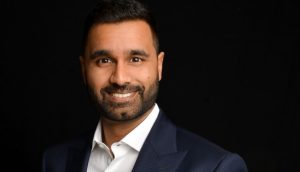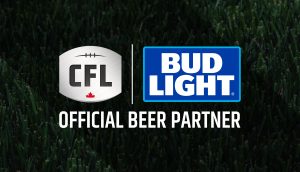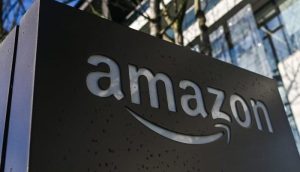Who: Sonia Cichon, strategist, OMD Toronto
Claim to fame: When Cichon was still attending Centennial College, OMD president Lorraine Hughes presented her with a CMDC award for excellence in media research. ‘I told Sonia that once she graduated, she should give us a call – and she did,’ Hughes remembers. ‘She is now working on Pepsico and doing an amazing job.’
During this past year at OMD, Cichon worked on the SoBe 2006 launch of Arush energy drinks, a national campaign in both French and English which ran from summer through fall 2006. To target 18- to 34-year-olds in need of a boost, Zoom Campus boards were used in colleges and universities during exam periods in the fall semester. During the summer months, Flashmedia boards were placed in convenience stores.
Cichon also worked on a multicultural campaign for Frito Lay designed to help the brand break through into the Chinese-Canadian market. The media plan was layered with brandsell TV, a sponsorship of a comedy-drama on Fairchild TV, print in the major daily newspapers, an online campaign running August and September for two new potato chip flavours (Wasabi and Spicy Curry) and OOH mall domination. Active throughout 2006, the print ran in the Toronto and Vancouver markets, and the TV was both national (Fairchild/Talentvision) as well as regional heavy-ups in Toronto (OMNI) and Vancouver (Channel M). Mall domination took place over the summer period in Toronto only. Online was August to September. The last piece of the campaign was for Chinese New Year 2007, with both print and television running during January and February. The creative was developed by Prime Advertising.
Background: After two years in journalism at Centennial College, Cichon left to work at Canon business development. She then went back to Centennial for three years to take the advertising program, and has now been working in the industry for just over a year.
Which brand is getting it right? ‘The Dove campaign for real beauty,’ says Cichon. ‘It has generated a lot of buzz and become synonymous with ‘real life’ beauty. Dove also goes after multiple targets in a smart and connected way, e.g., going big with transit ads with large banners and multiple executions at each station, and its takeover of Metro daily using green paper with attached sample. This is in addition to using YouTube to target the younger consumer as well as traditional TV and print. The current campaign is buy three products and get a camera for your daughter to express what is beautiful to her – which captures the 35-plus female market.’
Which brand, other than your own clients’, would you most want to work on – and why? ‘A movie or retail company, because I think it would be great experience and require a lot of quick thinking and intuition – and belief in myself and my ideas. The constant changes and adjustments, depending on the success or failure of a particular movie/product, would prove to be the most challenging, but hopefully also the most rewarding.’
What would you love to build into a plan, but haven’t been able to yet? ‘I would like to do some sort of domination, whether it’s a subway station or using the brand’s essence to take over a publication – such as Dove did – or a page takeover on a relevant website. It’s hard to choose one particular thing, since a lot of it depends on where the brand is going and who they’re targeting. Efficiencies are difficult to rationalize when executing a domination.’
Are clients missing opportunities due to caution? ‘Clients are always looking for innovation on their media plans. The barrier is that everyone has someone to answer to. And when the goal is to drive sales or gain awareness, it becomes difficult to prove a particular media selection when metrics cannot be used or have not yet been put in place.’
What common industry practice should be trashed? ‘Starting a plan with television. It truly depends on your target or brand, but maybe there should be a larger driver, maybe it’s looking at the idea of video, as opposed to TV. This could encompass a much broader spectrum than just TV.’
Which media tactic is going to be the next big thing – and why? ‘Mobile media – anything that is portable and integrated into a person’s everyday life, like cellphones, podcasts, any digital media. People are spending more time away from home. Our lives are becoming more and more demanding, and we’re becoming time-starved. Mobile media isn’t new, but it’s going to become commonplace, not just something that’s available only to higher-income people.’


















